Top 10 Amazing FREE Castles in Wales
Wales is home to hundreds of historic castles. Many of these impressive ruins and fortifications are free to visit. This makes Wales one of the best destinations in the UK for low-cost historical days out.
This guide highlights ten of the best free castles across Wales. It includes interesting facts, historical background, and practical information to help plan your visit.
Carreg Cennen Castle is one of the most dramatic free-entry castles in Wales. It stands on a high limestone crag in Carmarthenshire, offering wide views across the surrounding countryside.
Historical Background
Carreg Cennen Castle was first mentioned in records from 1248. It became a significant stronghold during the Welsh Wars of Independence in the 13th century. The castle changed hands multiple times between English and Welsh forces before being largely destroyed in 1462 during the Wars of the Roses.
Features
One of Carreg Cennen’s most unusual features is a natural cave beneath the castle. The cave stretches deep into the hillside and was used for storage and as a hiding place. Visitors can explore it with a torch.
Did You Know?
Carreg Cennen Castle was partially dismantled by Yorkist forces to prevent it being used again as a military base, making it one of the earliest examples of “slighting” a castle in Wales.
Visiting Information
Open 365 days a year, accessible via public footpaths.
Free access to the castle ruins and surrounding countryside.
Dog-friendly, with dogs allowed on leads.
Free parking available nearby at Castell Farm Tea Rooms (charges may apply for café facilities).
Nearest village: Trap, Carmarthenshire.
Nearby Attractions
Dinefwr Park and Castle (National Trust site)
Brecon Beacons National Park walking trails
Aberglasney Gardens
Ewloe Castle is a lesser-known site hidden within Wepre Park, Flintshire. This 13th-century Welsh-built castle combines historical interest with peaceful woodland walks.
Historical Background
Ewloe Castle was built by Llywelyn ap Gruffudd around 1257 during a brief period of Welsh independence. It served as a defensive outpost against English advances into North Wales. The castle was abandoned following Edward I’s conquest of Wales in 1282 and was never rebuilt.
Features
The castle features a distinctive D-shaped tower, a design typical of native Welsh castles. It is surrounded by steep slopes and woodlands, offering a secluded and atmospheric visit.
Did You Know?
Unlike many castles in North Wales, Ewloe was not built by the English crown. It is a rare surviving example of a native Welsh stone castle.
Visiting Information
Open year-round, accessible via Wepre Park trails.
Free entry with no gates or admission charges.
Dogs allowed, with scenic riverside paths nearby.
Free parking available at Wepre Park Visitor Centre.
Nearest town: Connah’s Quay, Flintshire.
Nearby Attractions
Wepre Park’s café and adventure playground
Greenfield Valley Heritage Park
Flint Castle (another free-entry site)
Dolbadarn Castle stands above Llyn Padarn near Llanberis in Gwynedd. This well-preserved tower was a symbol of the power of the Princes of Gwynedd in the 13th century.
Historical Background
Built by Llywelyn the Great in the early 1200s, Dolbadarn Castle controlled the important route through the Llanberis Pass. It was later used as a prison and fell into ruin after Edward I's conquest of North Wales.
Features
The round stone keep is the most complete part of the castle. Visitors can climb inside the tower for panoramic views of Snowdonia. The castle is a good example of early Welsh military architecture.
Did You Know?
The castle was famously painted by J.M.W. Turner in the 18th century. His artwork helped establish Dolbadarn as a popular subject for romantic landscape painters.
Visiting Information
Open access at all times.
Free to visit, managed by Cadw without charge.
Dogs allowed on leads.
Pay-and-display parking available in Llanberis village.
Nearest village: Llanberis, Gwynedd.
Nearby Attractions
Snowdon Mountain Railway
National Slate Museum
Padarn Country Park walking trails
Dryslwyn Castle is a hilltop fortress overlooking the River Tywi in Carmarthenshire. It offers wide views across the Towy Valley and is known for its peaceful surroundings.
Historical Background
The castle was built in the 1220s by one of the princes of Deheubarth, a Welsh kingdom in south-west Wales. Dryslwyn played a key role in regional power struggles before being captured and partially dismantled by English forces in 1287.
Unique Features
Dryslwyn Castle features a large circular keep and the remains of an extensive defensive wall. Its steep hill position made it naturally defensible, and visitors can still enjoy its high vantage point.
Did You Know?
Archaeological digs in the 1980s uncovered medieval pottery kilns nearby, showing that Dryslwyn was part of a significant settlement during the 13th century.
Visiting Information
Open access all year round.
Free to enter, managed by Cadw as an unmanned site.
Dogs allowed, ideal for walks on the hill.
Small free car park at the base of the hill.
Nearest town: Llandeilo, Carmarthenshire.
Nearby Attractions
Dinefwr Castle and Park
National Botanic Garden of Wales
Llandeilo town centre with local shops and cafes
Castell y Bere is a remote castle ruin located in the Dysynni Valley in southern Snowdonia. It offers a quiet visit with views of the surrounding hills and mountains.
Historical Background
Built in the early 13th century by Llywelyn the Great, Castell y Bere guarded the southern border of the kingdom of Gwynedd. It was the last Welsh stronghold in Merionethshire before falling to Edward I’s forces in 1283.
Unique Features
The castle follows the natural rocky ridge with defensive walls built along the contours. Its unusual layout includes a D-shaped tower and the remains of a barbican gateway.
Did You Know?
Despite its isolated position today, Castell y Bere was once part of a lively community with a nearby llys (Welsh princely court) and small settlement.
Visiting Information
Open access year-round.
Free entry, maintained by Cadw with no on-site facilities.
Dogs allowed, suitable for a countryside walk.
Small free parking area near the path to the castle.
Nearest village: Abergynolwyn, Gwynedd.
Nearby Attractions
Talyllyn Steam Railway
Birdwatching at Broad Water Lagoon
Dolgoch Falls walking trails
Newcastle in Bridgend is a lesser-known medieval castle with free public access. It offers a surprising historical site close to the town centre.
Historical Background
Newcastle was built around 1106 by William de Londres, one of the Norman knights involved in the conquest of Glamorgan. The stone curtain walls were strengthened in the 12th century, making it an important regional fortification.
Unique Features
The site retains thick stone curtain walls and a large gatehouse. Unlike many remote castles, Newcastle is easy to reach on foot from the town centre, offering a short and accessible heritage visit.
Did You Know?
Newcastle is considered one of the earliest Norman stone-built castles in Glamorgan, replacing an earlier wooden motte-and-bailey structure.
Visiting Information
Open access at all times.
Free to visit with no entry fees.
Dogs welcome, with grassy areas for walking.
Street parking available in Bridgend town centre.
Nearest town: Bridgend, South Wales.
Nearby Attractions
Ogmore Castle (free entry)
Merthyr Mawr Sand Dunes
Bryngarw Country Park
Ogmore Castle is a Norman ruin near the coast in the Vale of Glamorgan. It features grassy grounds and scenic riverside views.
Historical Background
Ogmore Castle was established around 1106 by William de Londres. It protected Norman interests along the River Ogmore and was expanded with stone walls and a keep during the 12th and 13th centuries.
Unique Features
The most popular feature at Ogmore Castle is the medieval stepping stones across the river. The remains of a large stone keep and defensive earthworks can also be explored.
Did You Know?
The nearby stepping stones have been in use for centuries, offering a traditional river crossing point. Visitors can still cross them during low water levels.
Visiting Information
Open year-round with no entry restrictions.
Free to visit, no admission charges.
Dogs allowed, great for walks along the riverbank.
Free parking available by the castle entrance.
Nearest village: Ogmore-by-Sea, Vale of Glamorgan.
Nearby Attractions
Merthyr Mawr Sand Dunes
Dunraven Bay Beach
Ewenny Priory Church
While the main Denbigh Castle site has a paid entrance, visitors can freely explore the large sections of medieval town walls and the outer defensive areas without a ticket.
Historical Background
Denbigh Castle was constructed by Henry de Lacy after the conquest of North Wales in 1282. The castle became part of Edward I’s Ring of Iron designed to control the region. The outer walls enclosed the medieval town for protection.
Unique Features
The preserved sections of town walls include impressive towers and gates. The Burgess Gate is particularly striking and can be viewed freely from the town streets.
Did You Know?
Denbigh’s outer walls stretch for nearly half a mile, making them one of the longest surviving town wall circuits in Wales.
Visiting Information
Open access to the outer walls and gates all year.
Free to walk around town walls; main castle site requires admission fee.
Dogs allowed on the public pathways.
Pay-and-display parking in Denbigh town centre.
Nearest town: Denbigh, Denbighshire.
Nearby Attractions
Denbigh Library’s small local history exhibits
St Hilary’s Chapel ruins
Moel Famau Country Park
Coity Castle offers a quiet visit to a largely intact medieval ruin on the edge of Bridgend. It is a free-access site with visible structures from different historical periods.
Historical Background
The castle was founded in the late 11th century by Sir Payn Turberville, one of the Twelve Knights of Glamorgan. It was expanded in the 14th and 15th centuries to include a grand hall and residential chambers.
Unique Features
Visitors can explore the remains of a large gatehouse, a rectangular keep, and curtain walls. The different building phases show how the castle evolved from a military base to a fortified residence.
Did You Know?
Coity Castle was still in use during the Wars of the Roses in the 15th century, later becoming a manor house before its decline.
Visiting Information
Open access year-round, maintained by Cadw without charge.
Free entry with clear visitor pathways.
Dogs allowed, with grassed areas for walking.
Free street parking nearby.
Nearest town: Bridgend, South Wales.
Nearby Attractions
Bridgend Town Centre
Parc Slip Nature Reserve
Newcastle Castle (also free to visit)
Llandovery Castle is a ruined fortress set on a mound above the market town of Llandovery in Carmarthenshire. It offers easy access and wide views over the surrounding area.
Historical Background
The castle was first constructed by the Normans around 1116. It changed hands multiple times between English forces and Welsh princes, especially during the campaigns of Llywelyn ap Gruffudd and Owain Glyndŵr. It was finally abandoned in the 16th century.
Unique Features
Llandovery Castle features the remains of a tall round keep, curtain walls, and defensive earthworks. An open park area surrounds the ruins, making it suitable for casual visits.
Did You Know?
In the town square below the castle, you can find a statue of Llywelyn ap Gruffudd Fychan, a local landowner executed by Henry IV in 1401 for supporting Owain Glyndŵr’s rebellion.
Visiting Information
Open all year with unrestricted access.
Free entry to the castle grounds.
Dogs allowed, open grassy areas suitable for walking.
Free parking in Llandovery town centre.
Nearest town: Llandovery, Carmarthenshire.
Nearby Attractions
Llandovery Heritage Centre
Myddfai Visitor Centre and cafe
Brecon Beacons National Park western trails
Wrapping it Up
Wales offers many castles where you can experience history for free. Many include scenic walking routes, family-friendly spaces, and fascinating medieval remains. Whether you prefer coastal views or countryside hills, these free-entry castles provide an excellent way to explore Welsh history without any cost.
Sources
Castell Carreg Cennen (Cadw)
Official Cadw page with history, cave details, panoramic views, and visitor information for Carreg Cennen Castle.
https://cadw.gov.wales/visit/places-to-visit/castell-carreg-cennenCastell Ewloe (Cadw)
Cadw’s authoritative description of Ewloe Castle, highlighting its 13th‑century Welsh origin, woodland setting, and public access.
https://cadw.gov.wales/visit/places-to-visit/castell-ewloeCastell Dolbadarn (Cadw)
Information on Dolbadarn Castle’s founding by Llywelyn the Great, round keep, lakeside position, and free access.
https://cadw.gov.wales/visit/places-to-visit/castell-dolbadarnCastell Dryslwyn (Cadw)
Cadw’s page covering Dryslwyn Castle’s hilltop hillfort heritage, steep setting, and visiting advice.
https://cadw.gov.wales/visit/places-to-visit/castell-dryslwynCastell y Bere (Cadw)
Official site detailing Castell y Bere’s early 13th‑century construction by Llywelyn, remote location, and open access.
https://cadw.gov.wales/visit/places-to-visit/castell-y-bereNewcastle Castle (Cadw)
Cadw visitor page with information on Newcastle Castle’s Norman architecture, gatehouse, and free entry.
https://cadw.gov.wales/visit/places-to-visit/newcastle-castleOgmore Castle (Cadw)
Cadw’s official information on Ogmore Castle, covering its riverside setting, stepping stones, and visiting details.
https://cadw.gov.wales/visit/places-to-visit/ogmore-castleDenbigh Castle Outer Walls (Cadw)
Cadw’s Denbigh Castle page, describing medieval walls, tower features, and publicly accessible sections.
https://cadw.gov.wales/visit/places-to-visit/denbigh-castleCastell Coety (Cadw)
Cadw’s guide to Coity Castle, including Norman origins, changing fortifications, and free visiting access.
https://cadw.gov.wales/visit/places-to-visit/castell-coetyLlandovery Castle (Wikipedia + Local Council Reference)
Wikipedia entry summarises Llandovery Castle’s Norman foundation, 13th-century rebuilds, and ruined state.
https://en.wikipedia.org/wiki/Llandovery_Castle

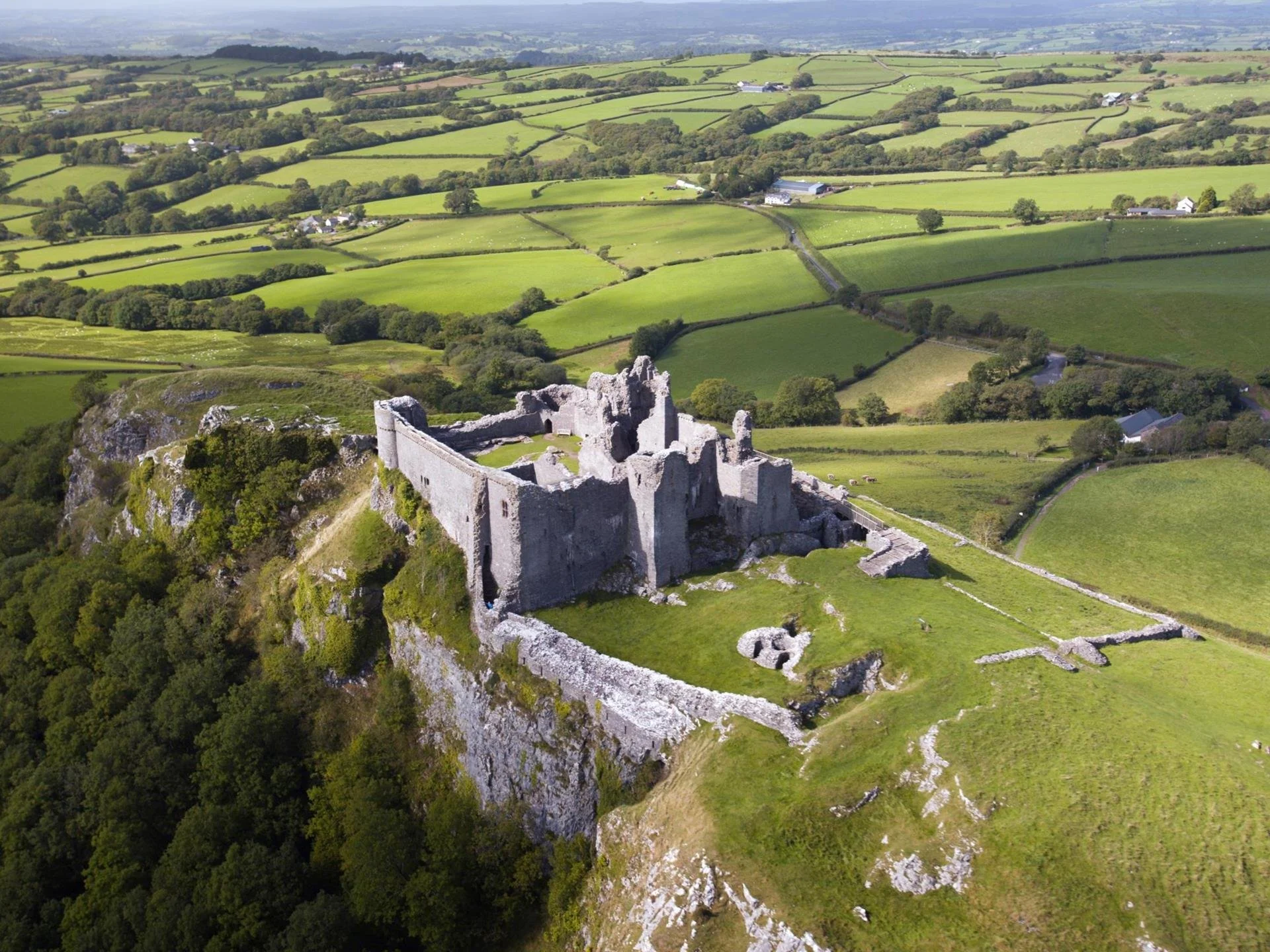
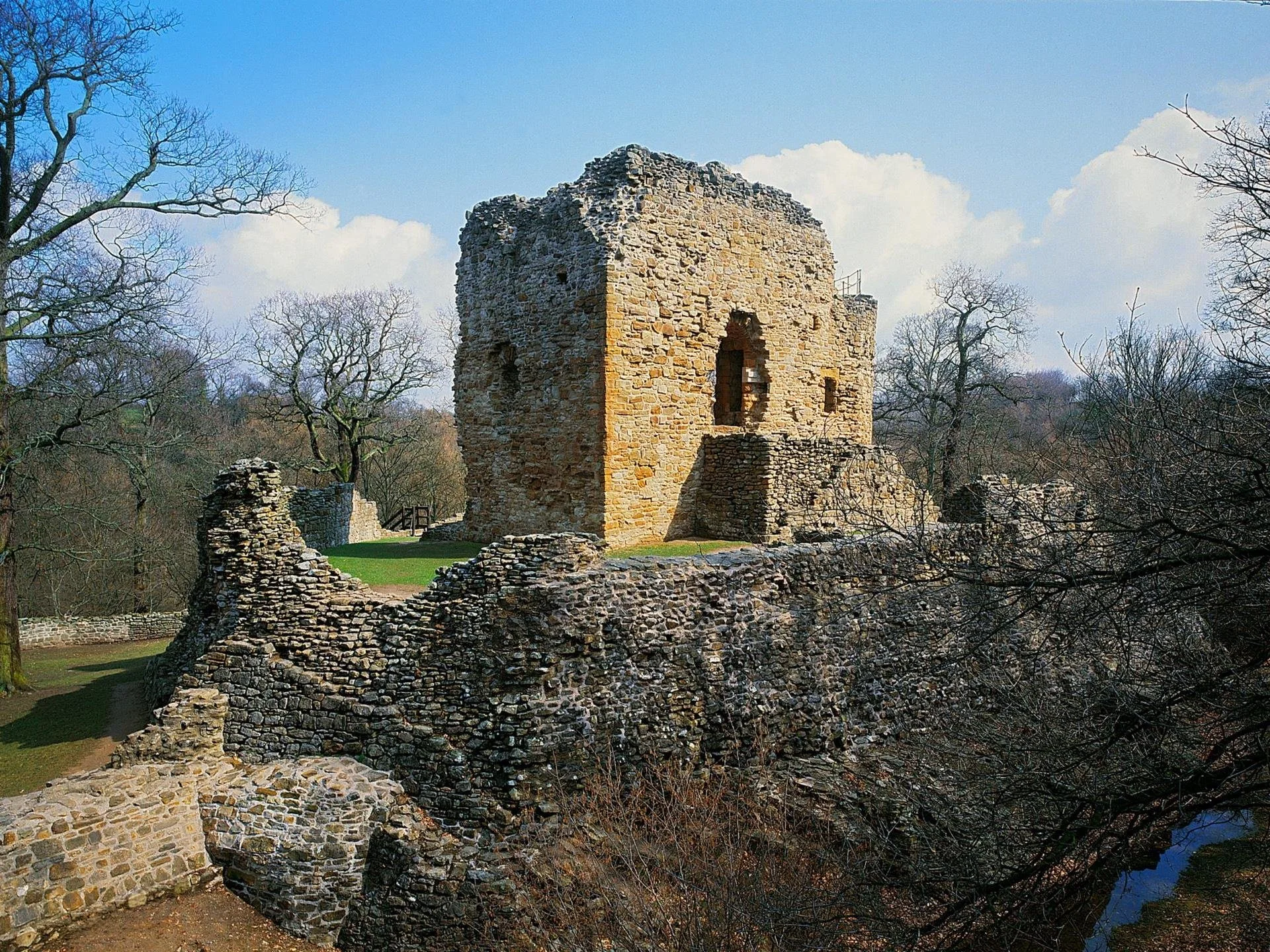
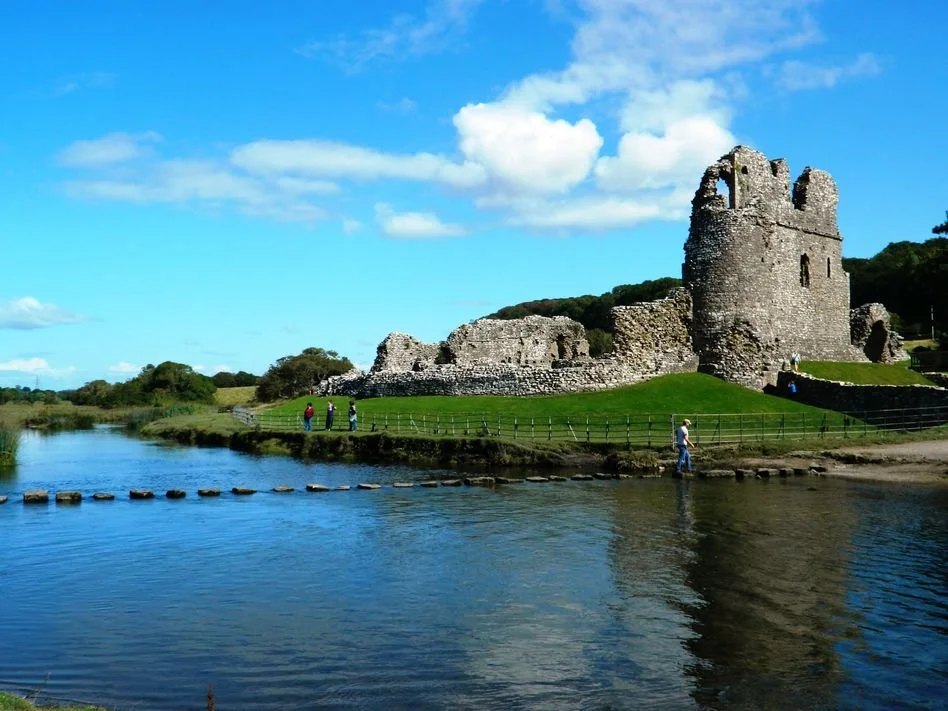



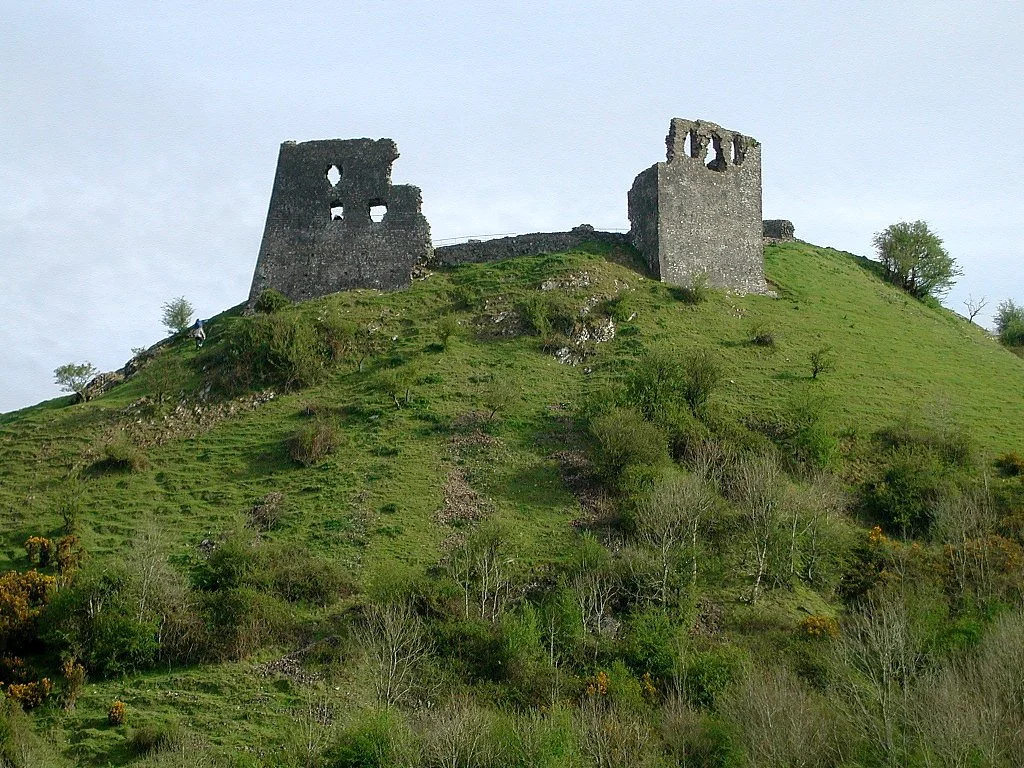

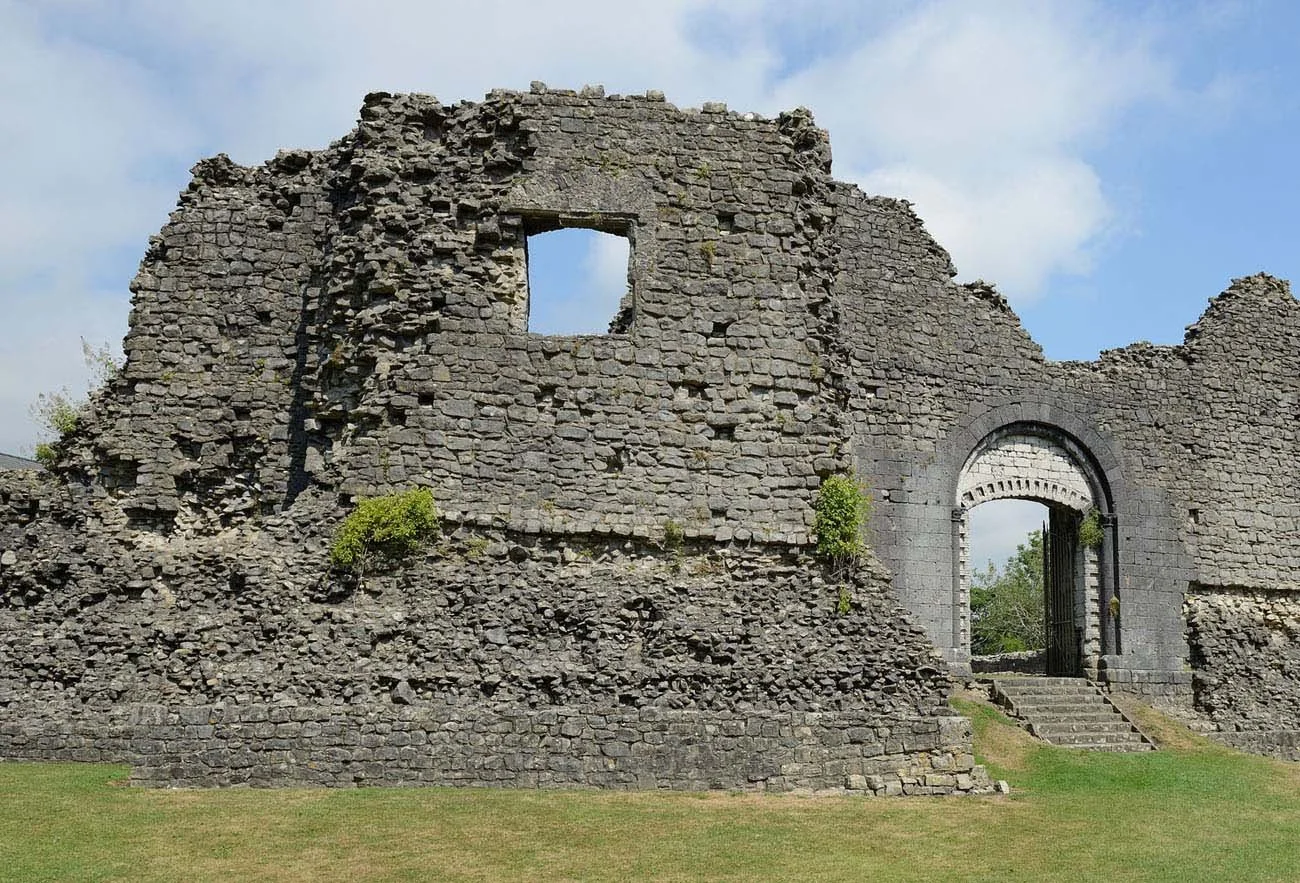

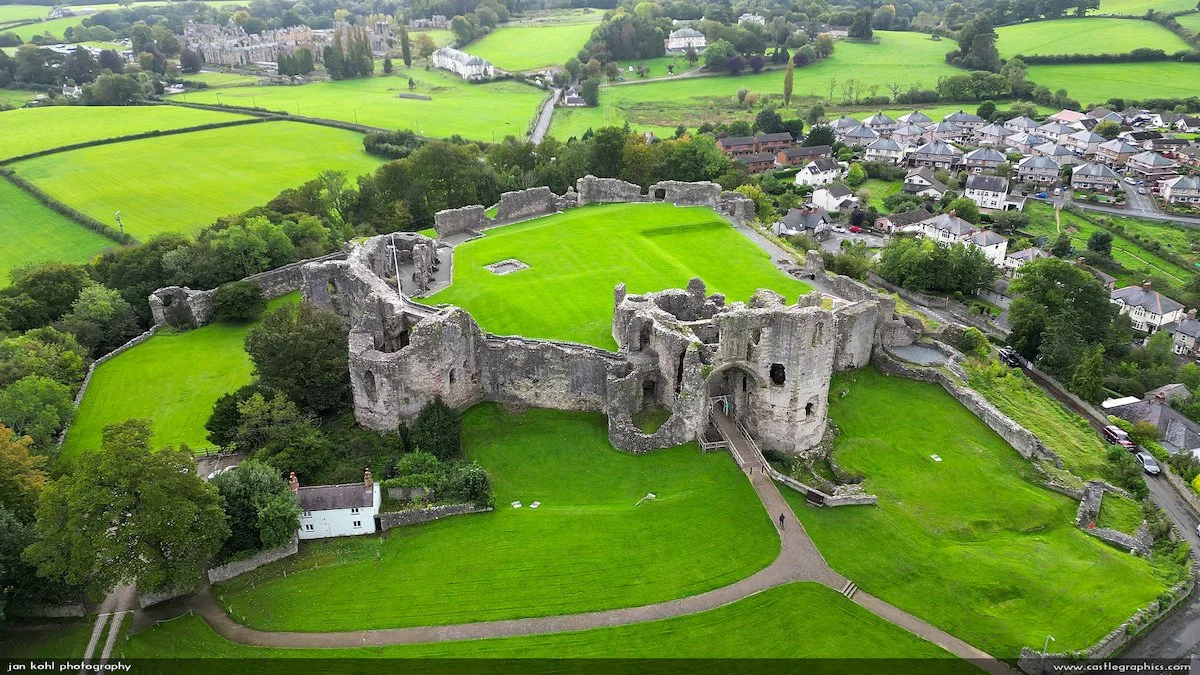

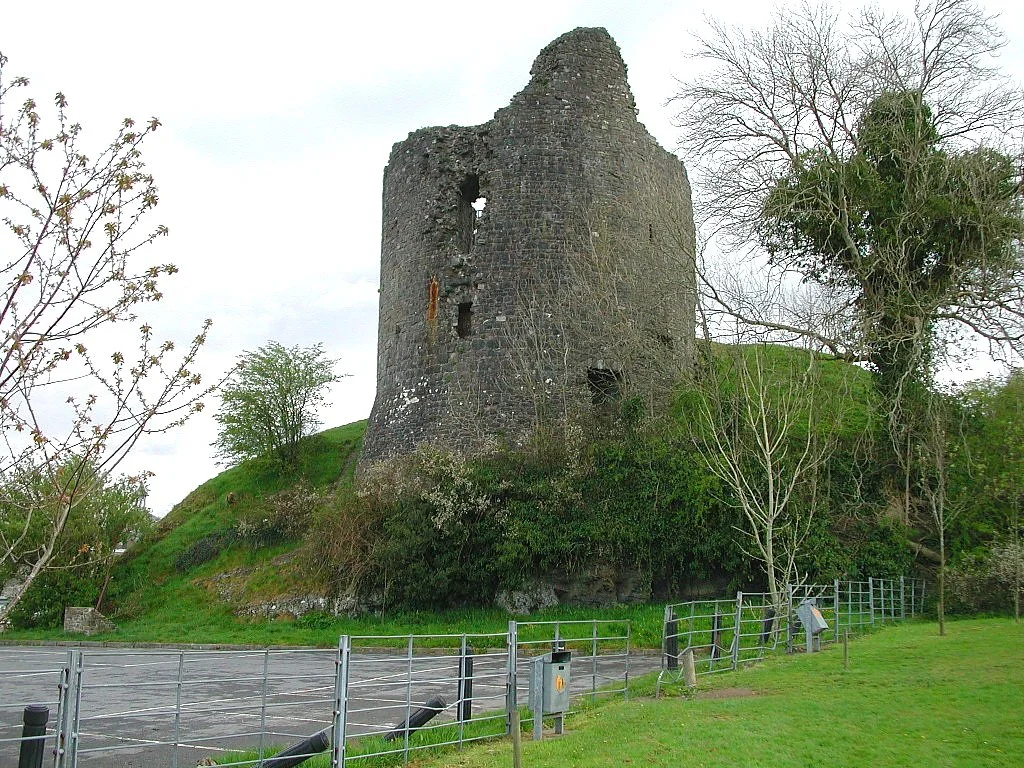
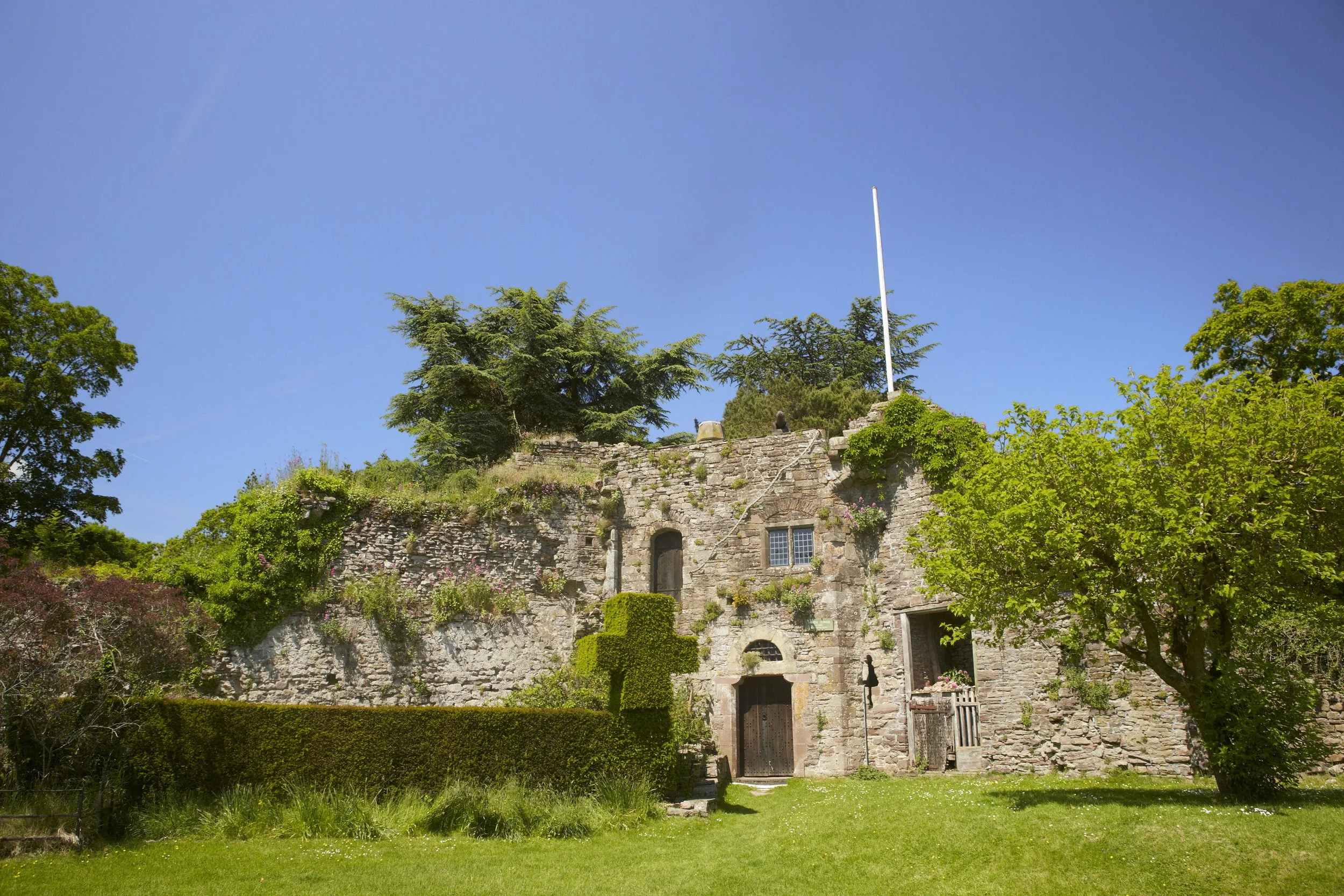
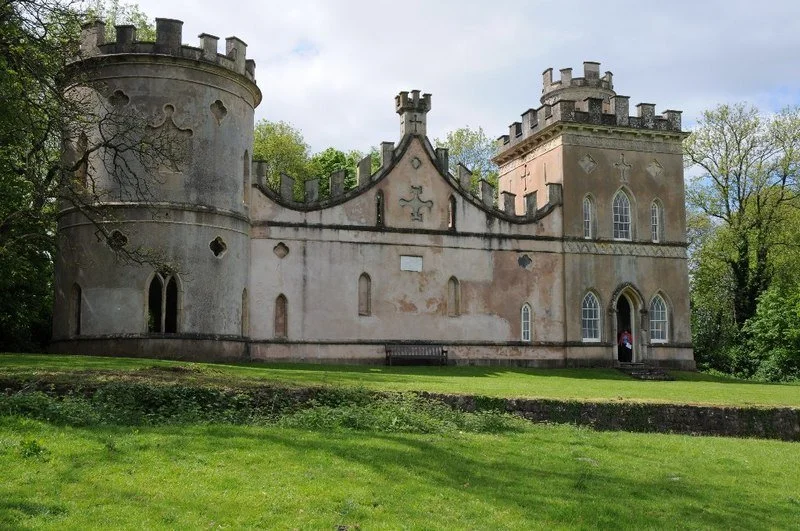
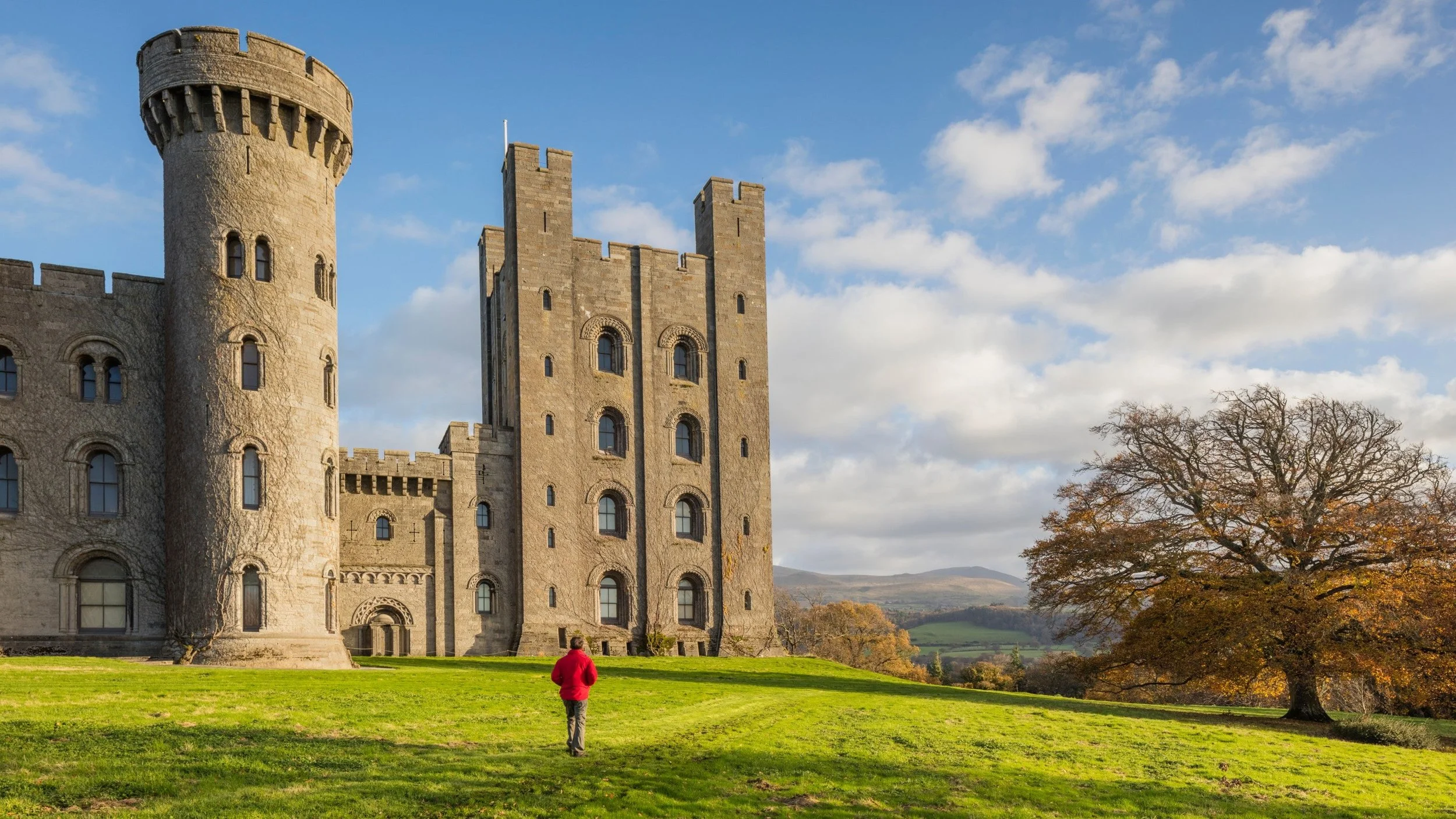




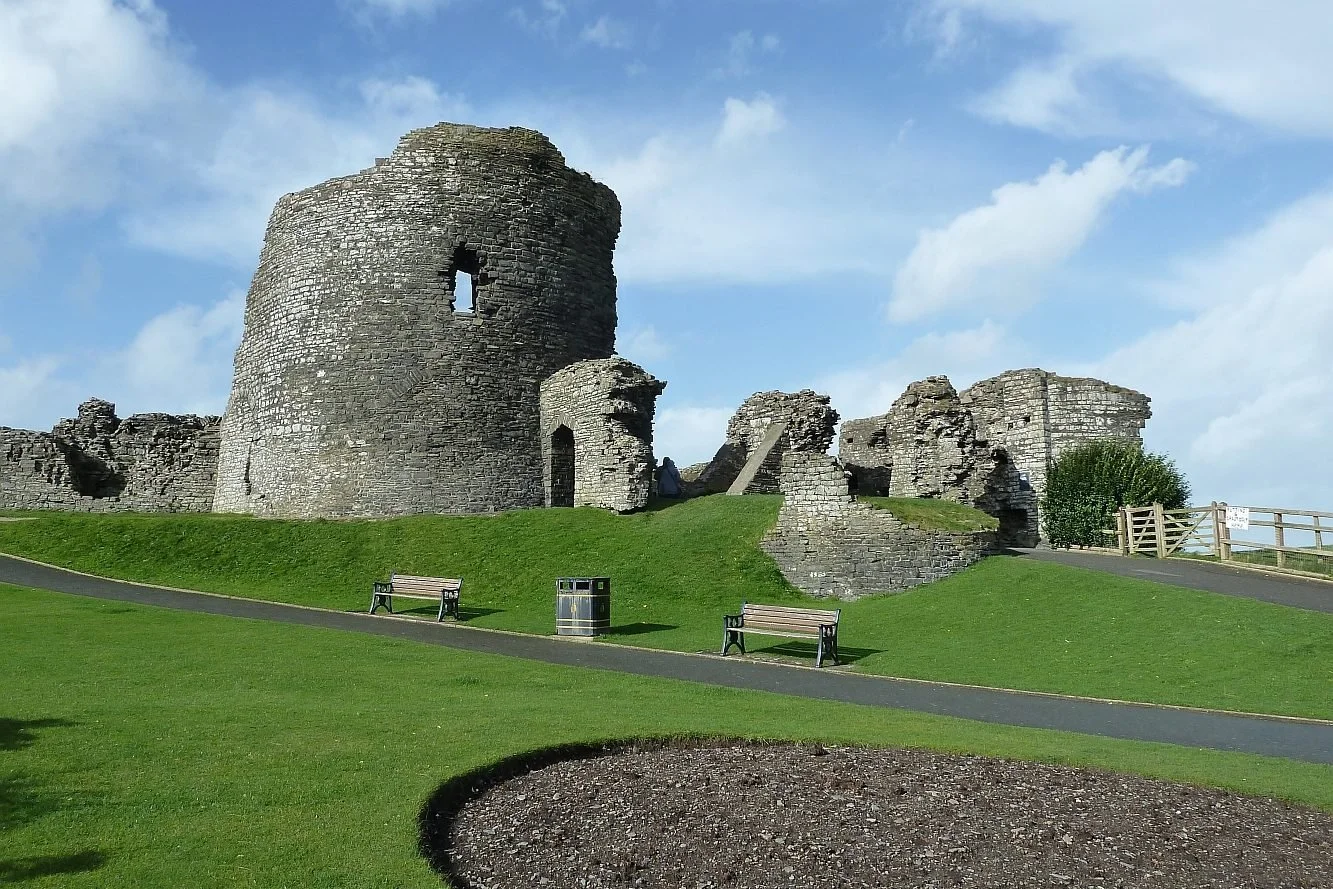

Cardiff Castle is a medieval and Victorian-era site in the centre of Cardiff, the capital of Wales.